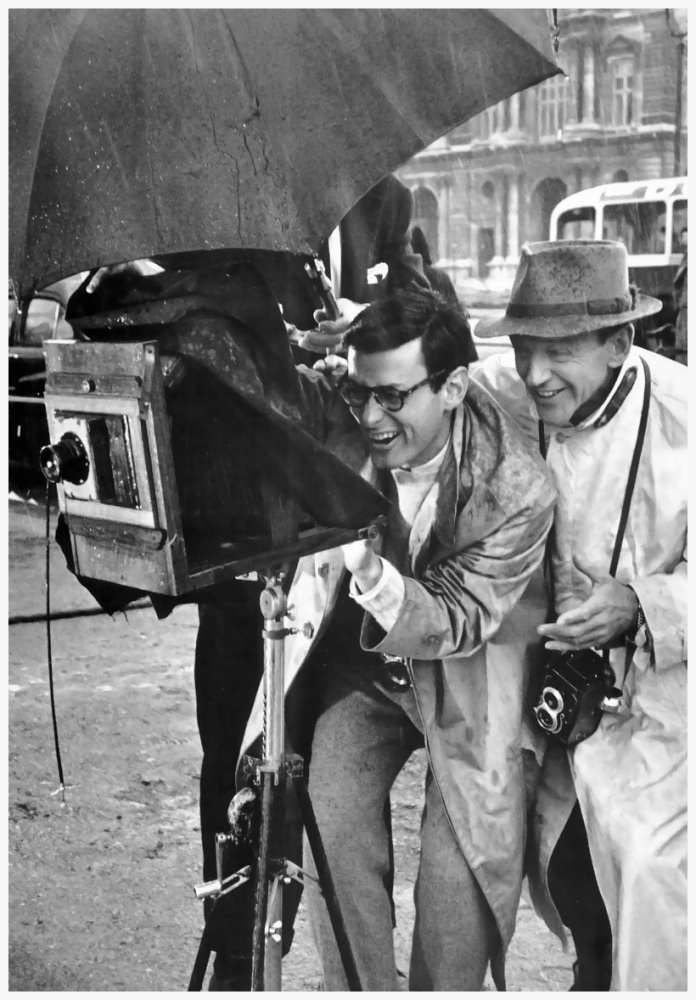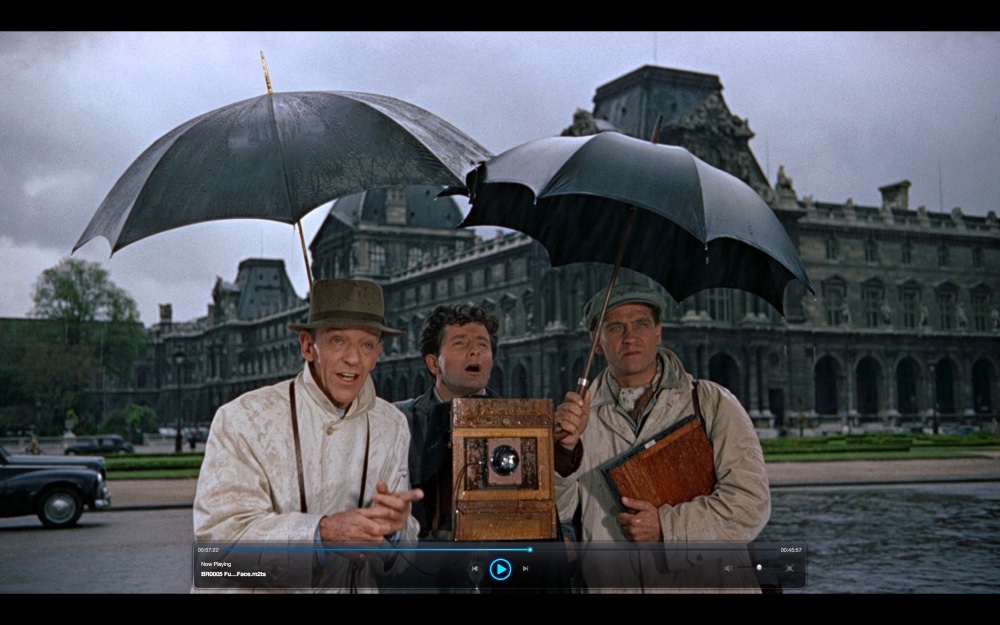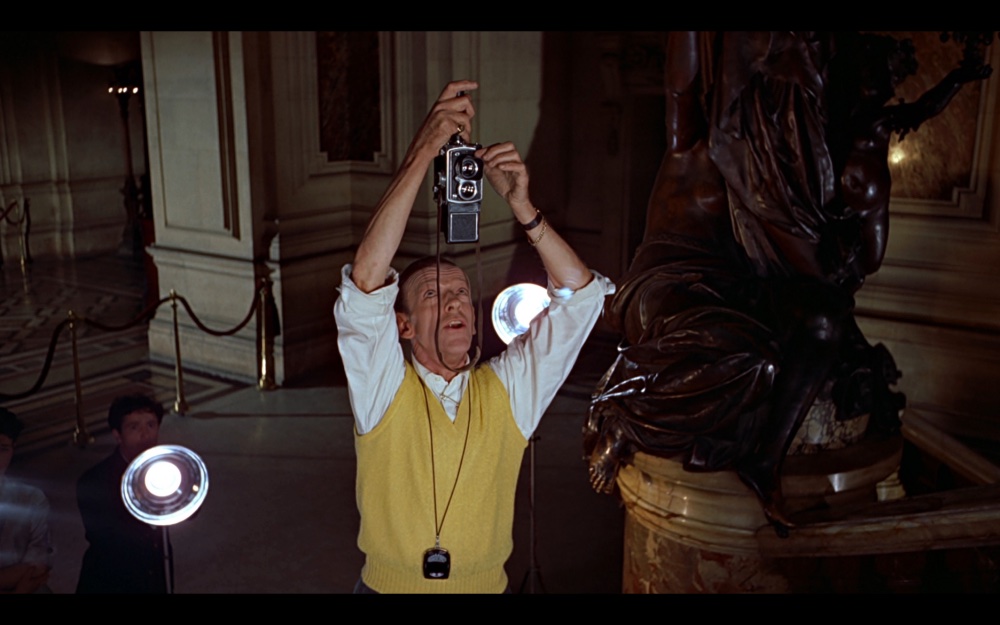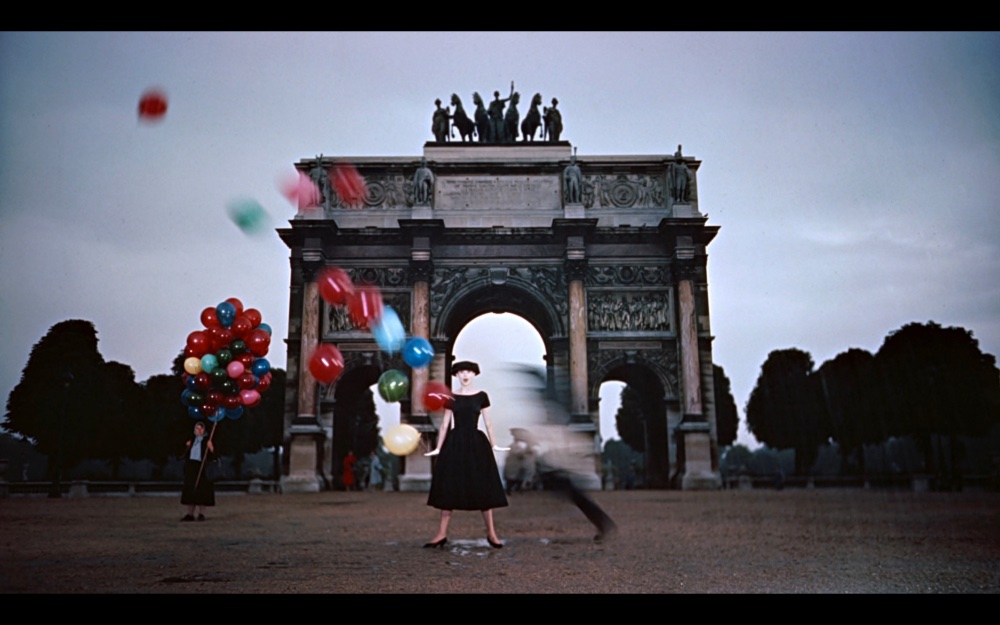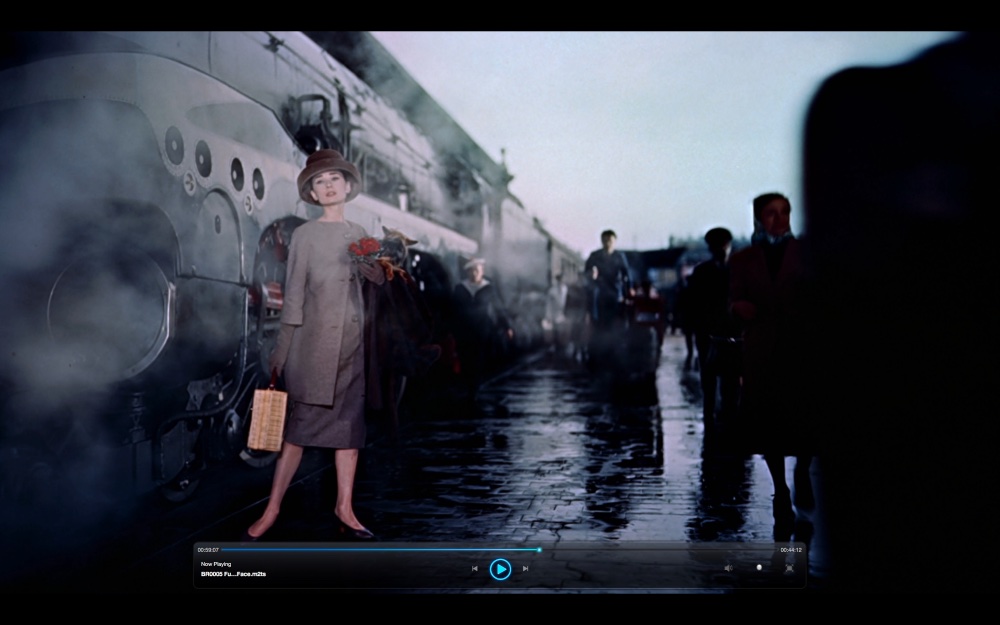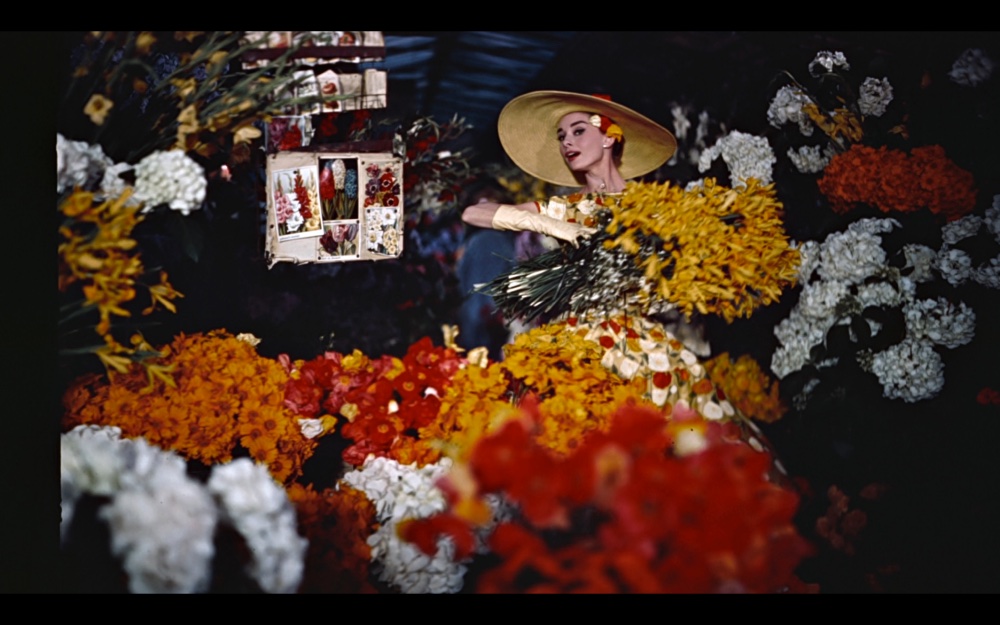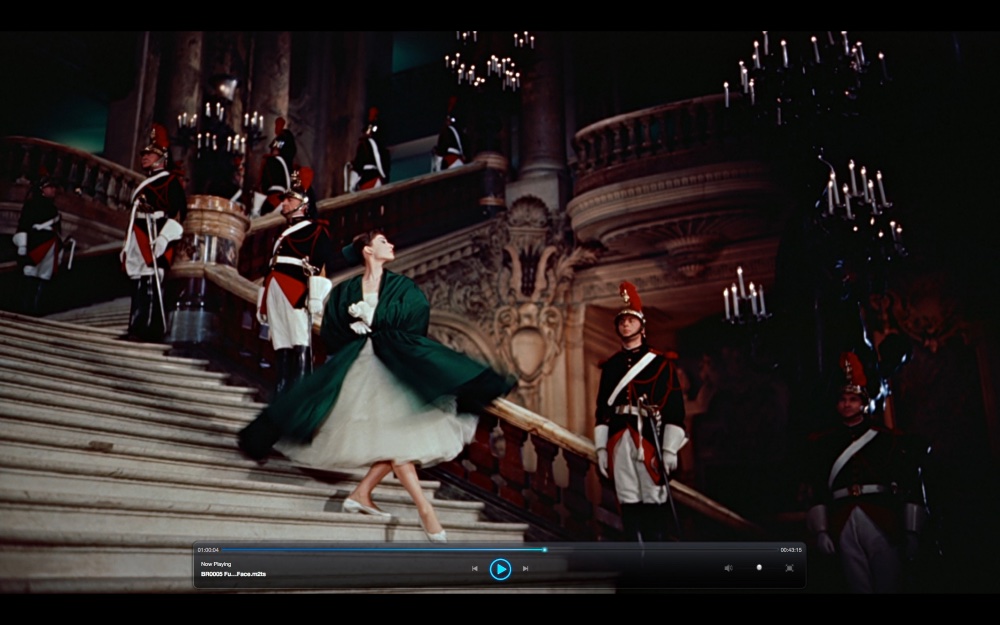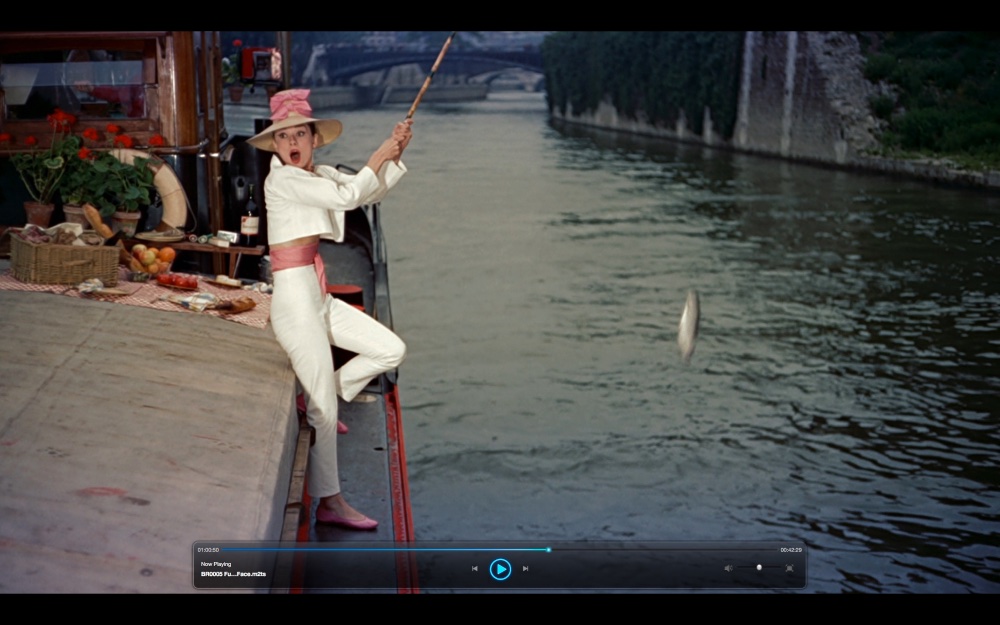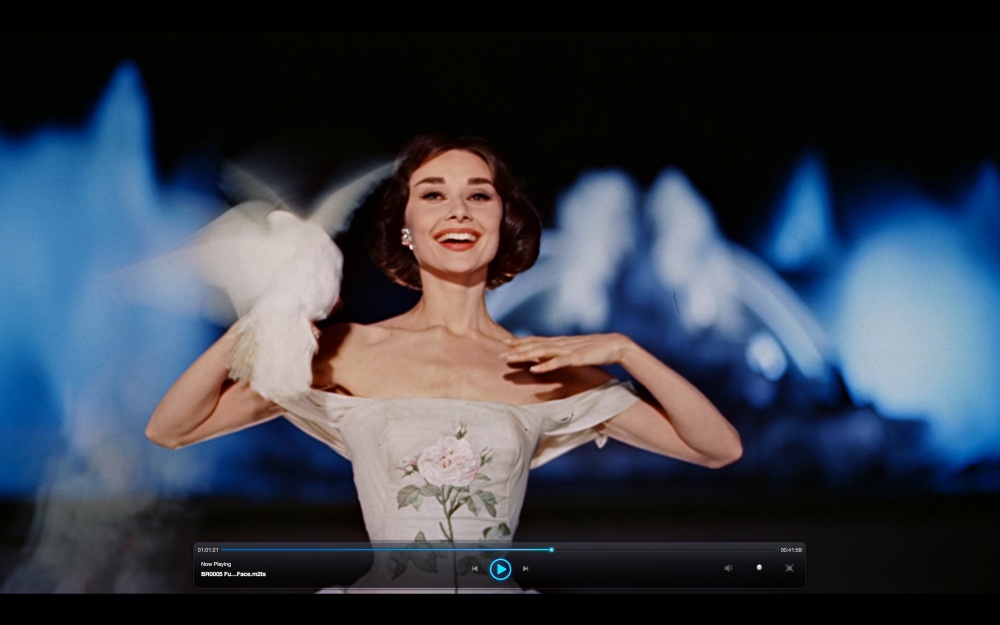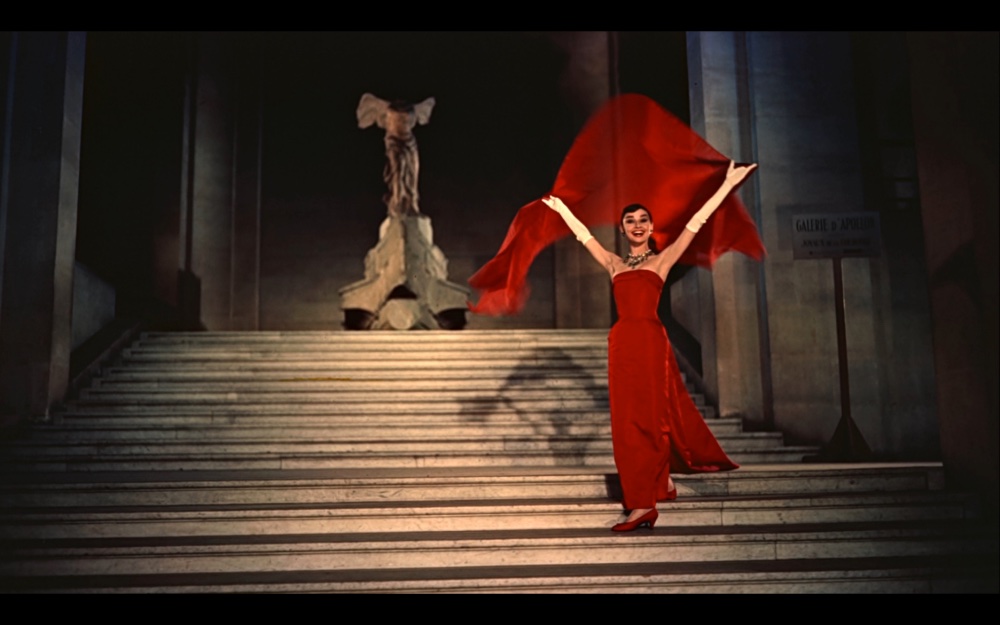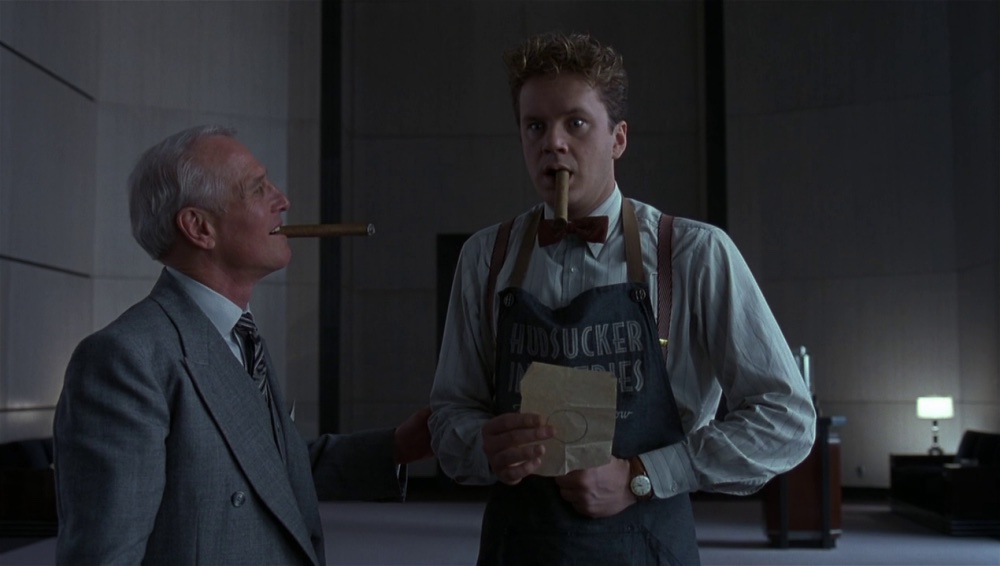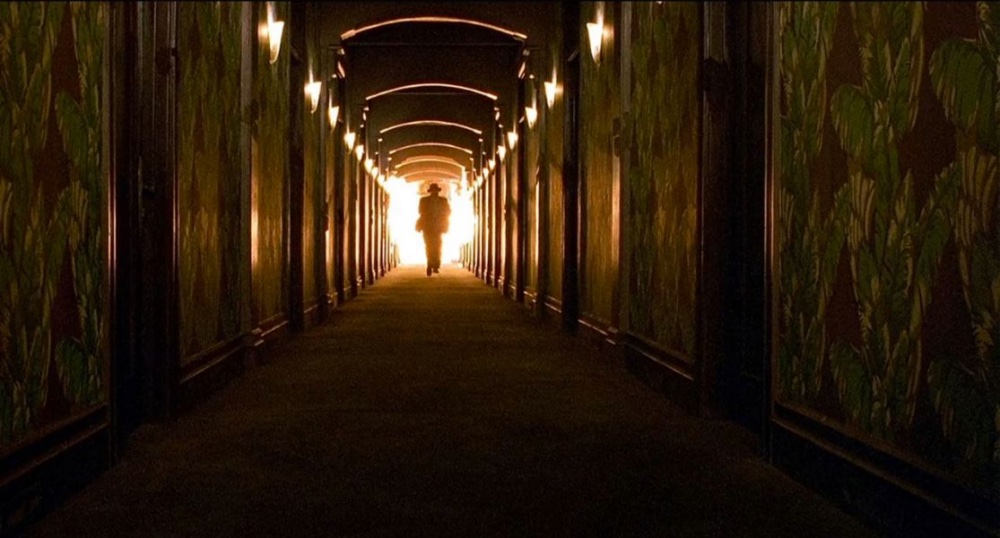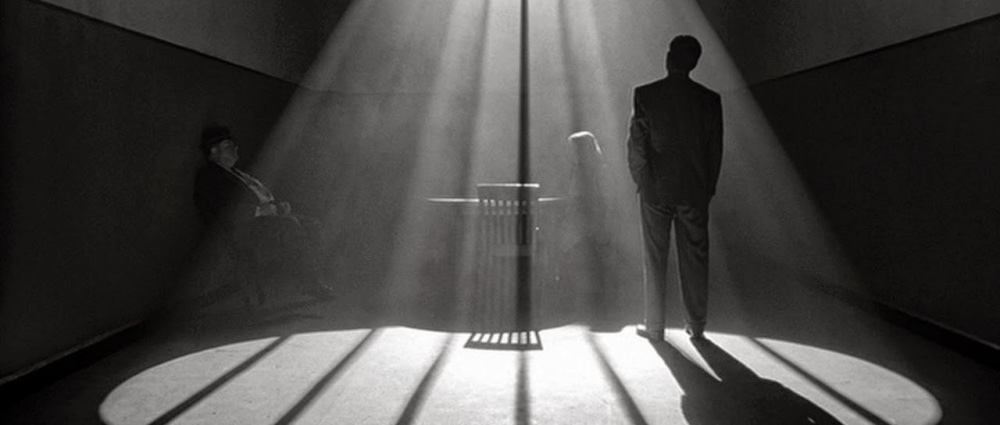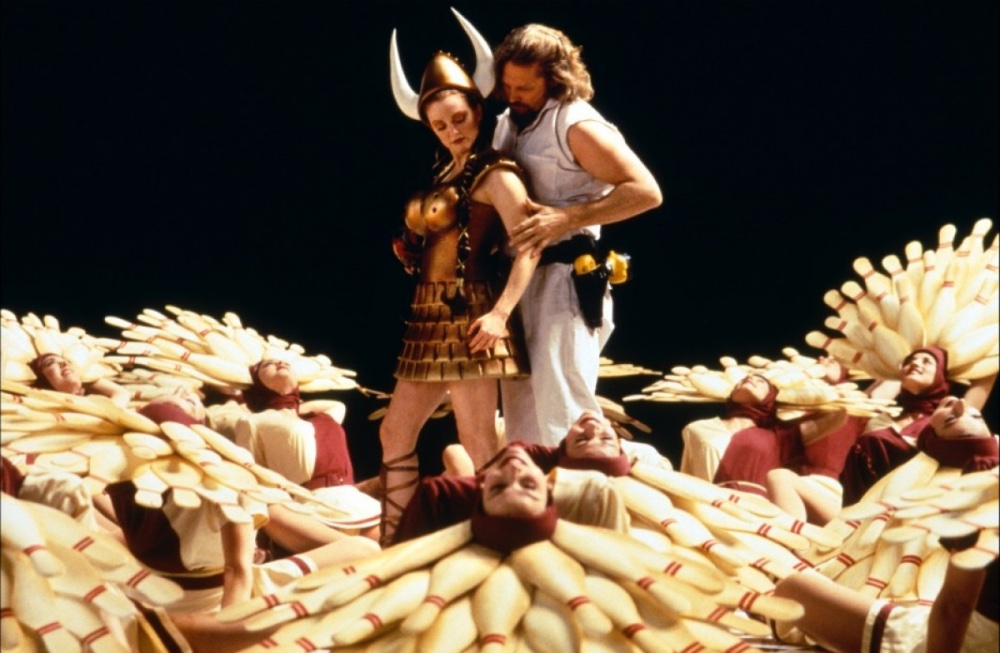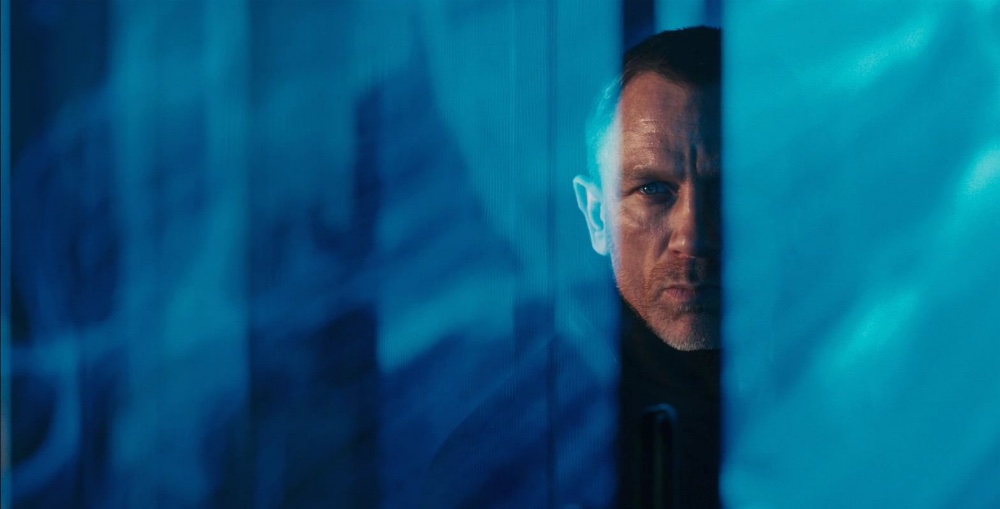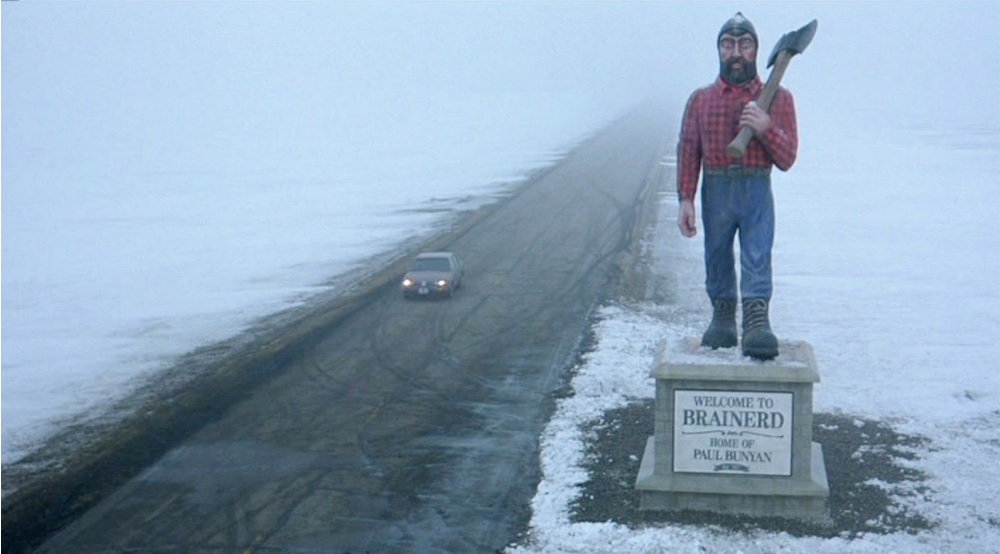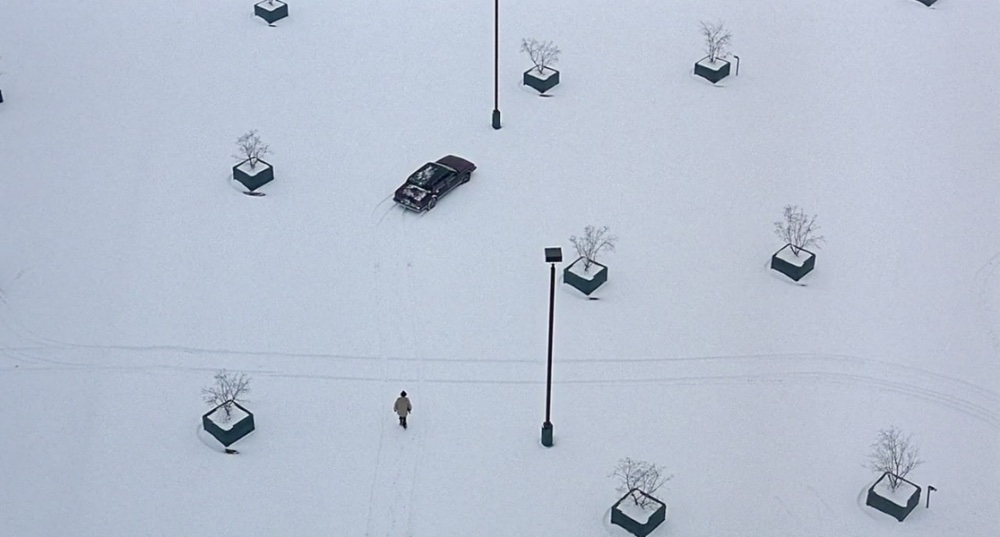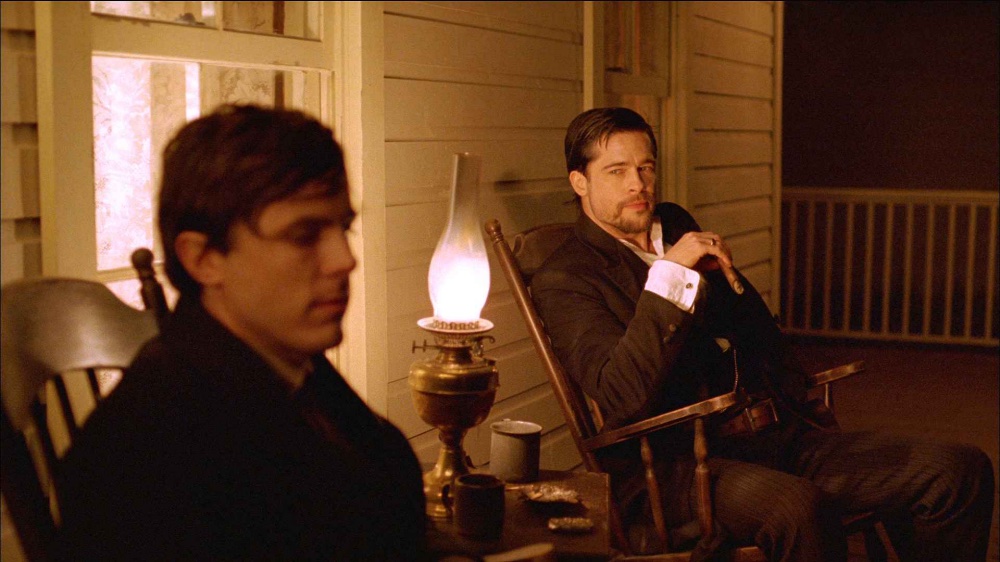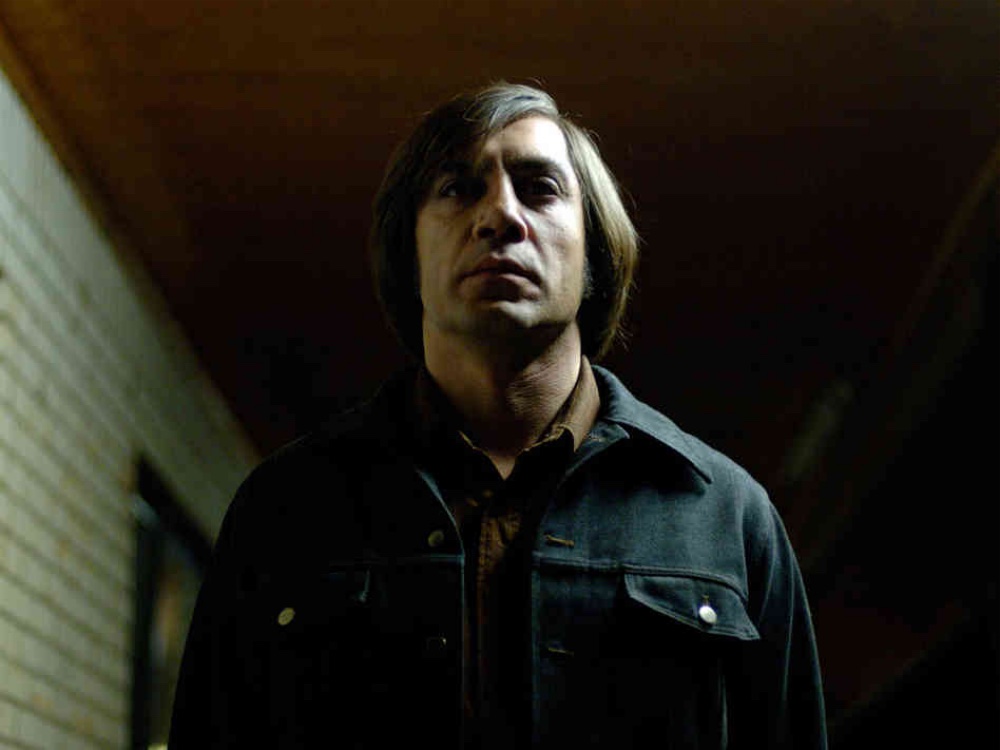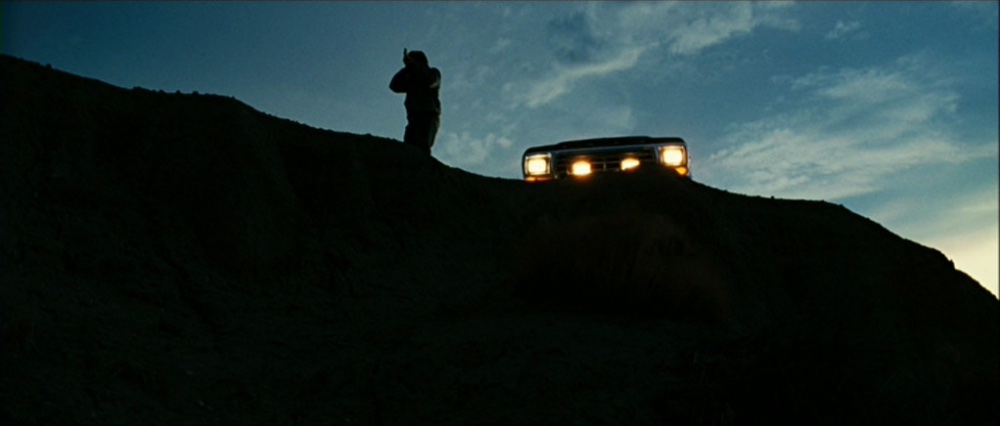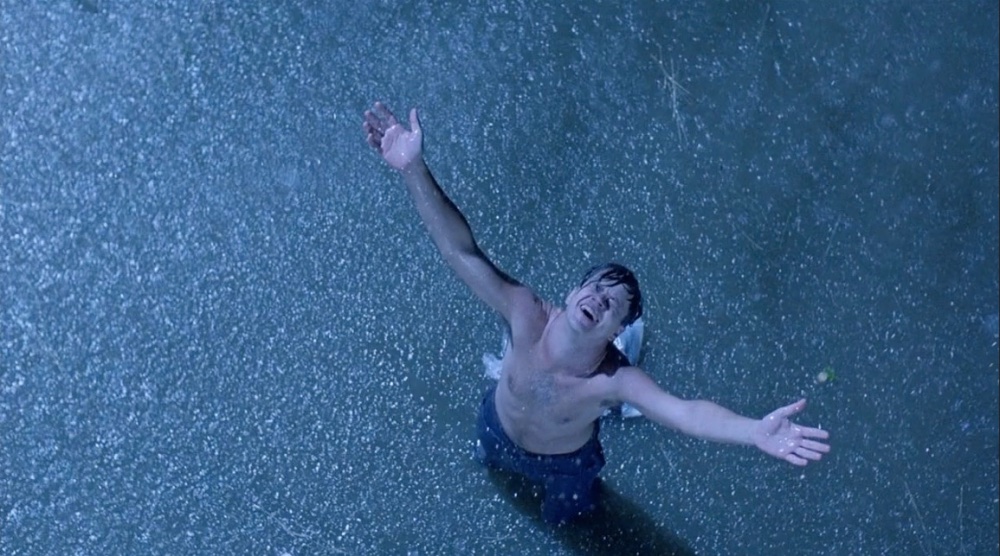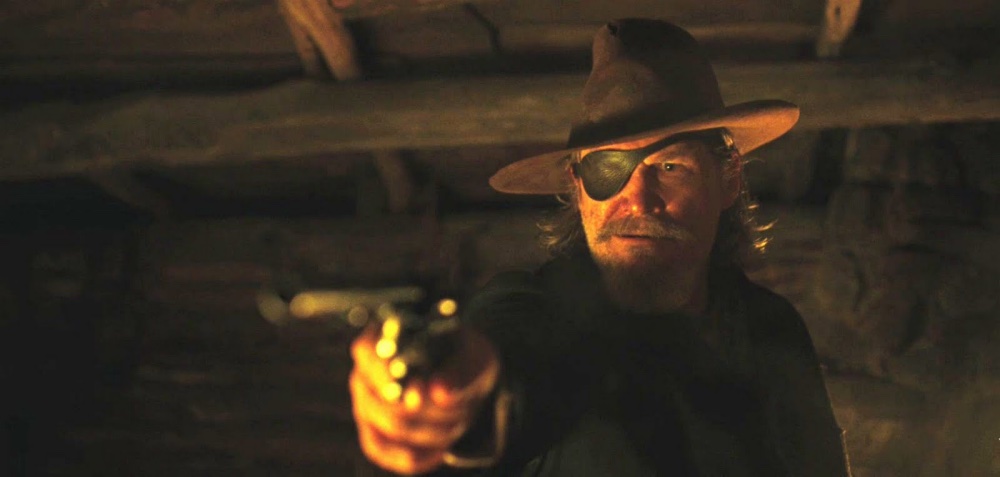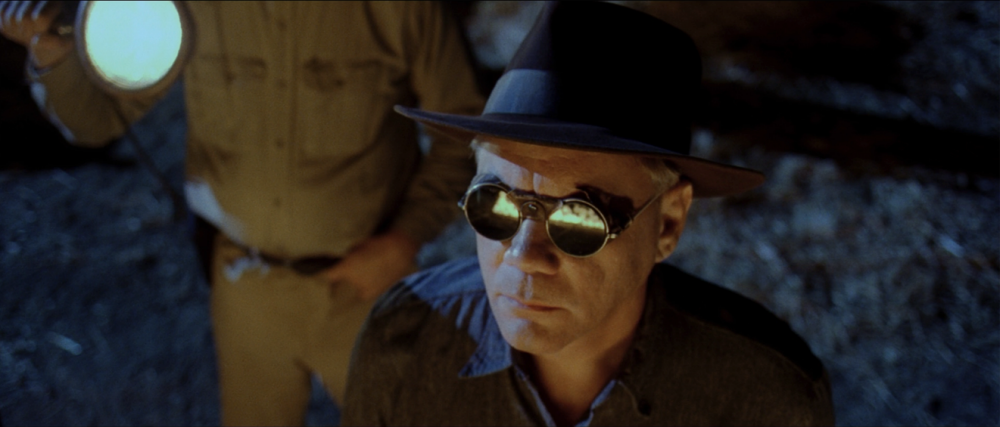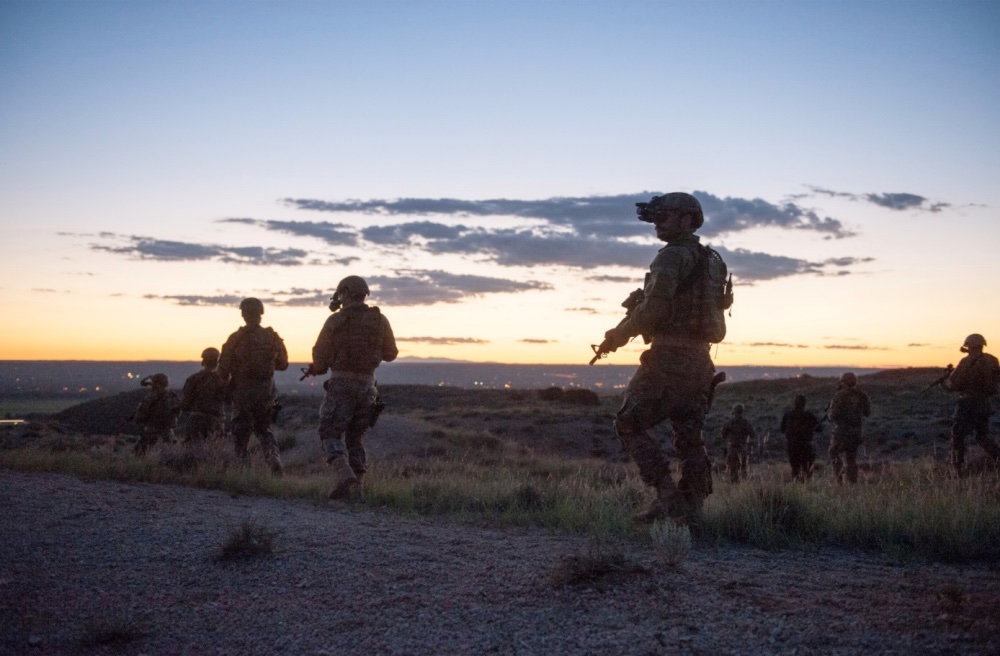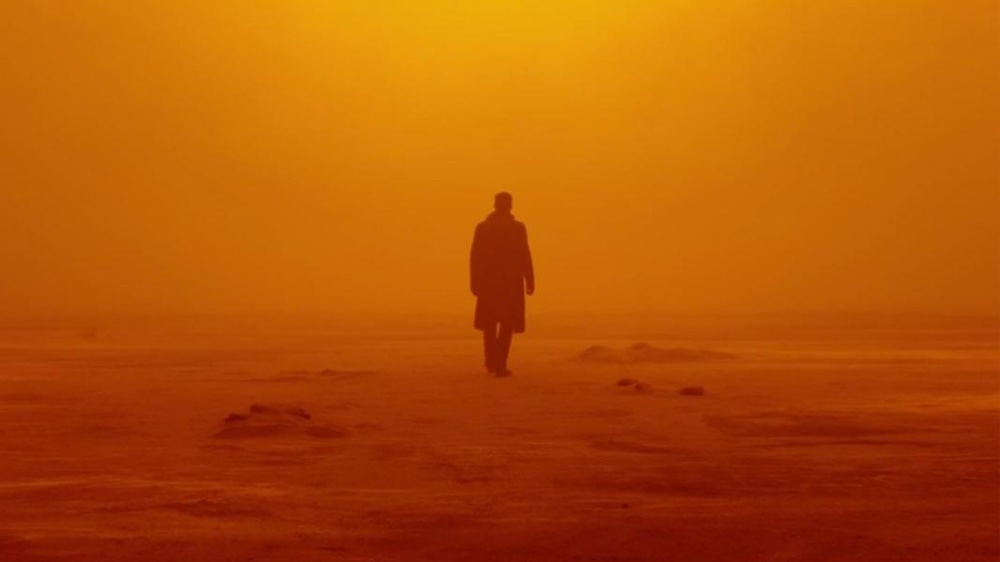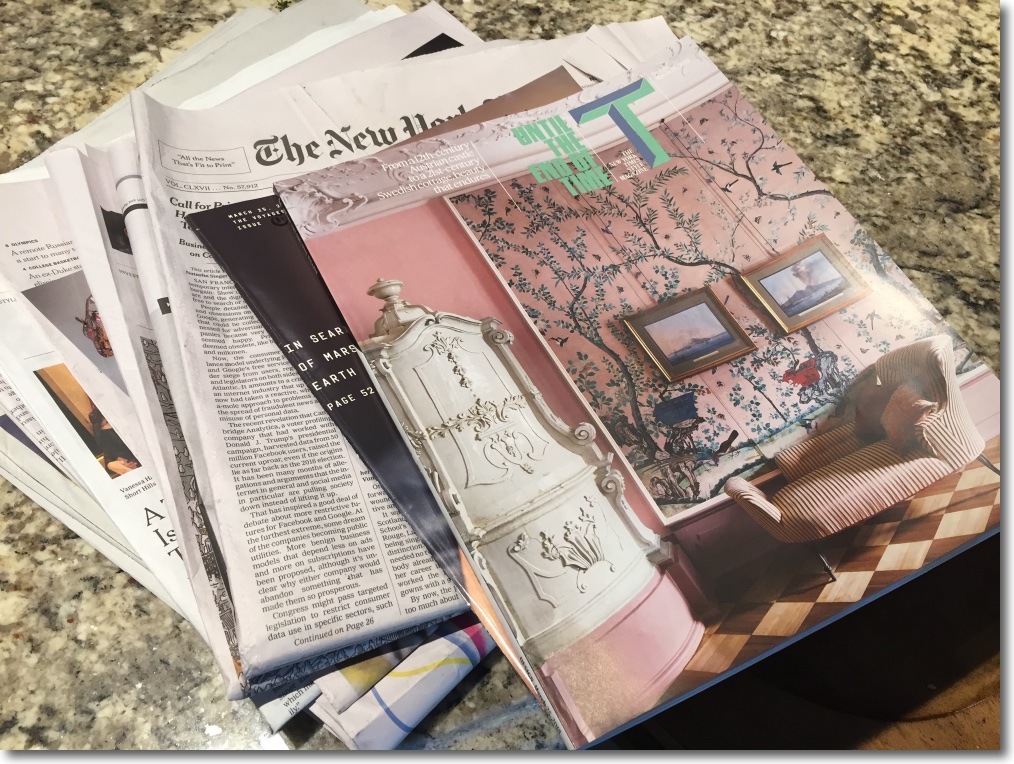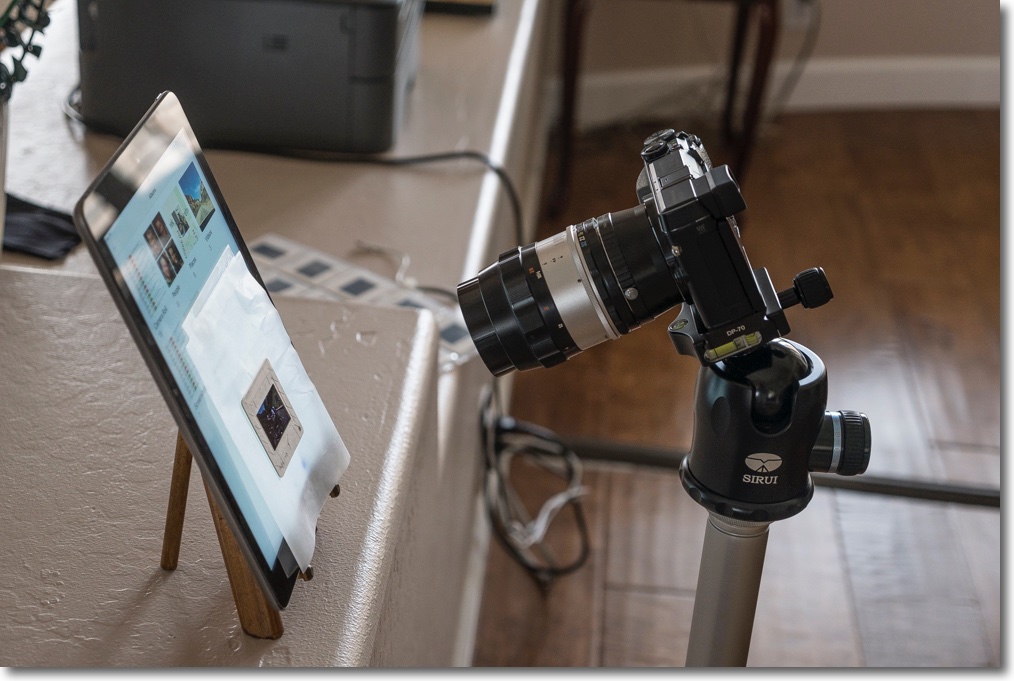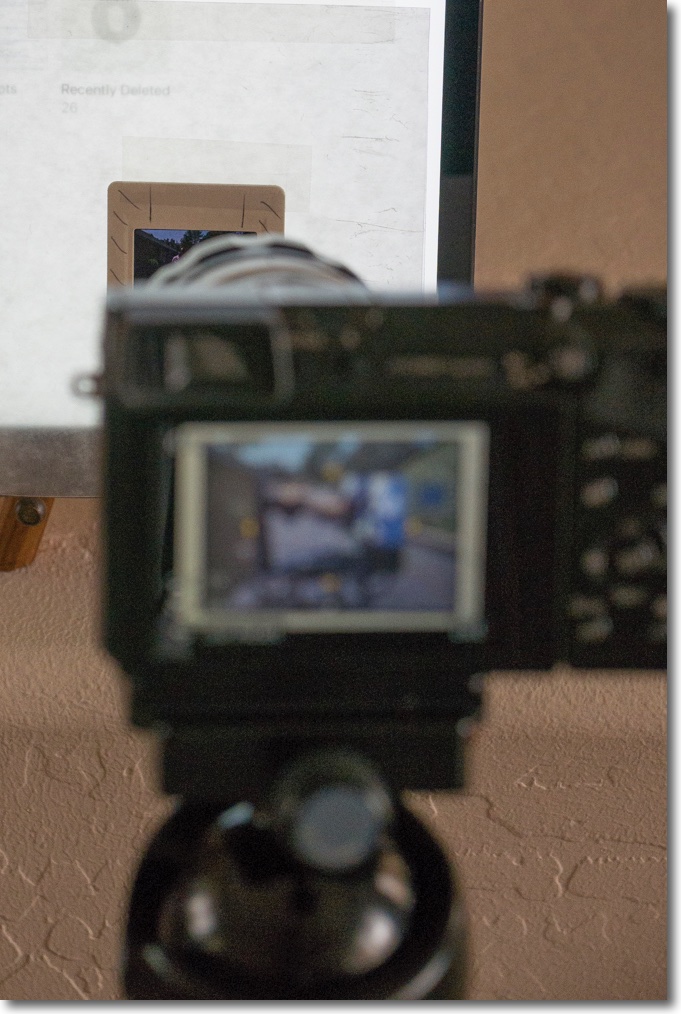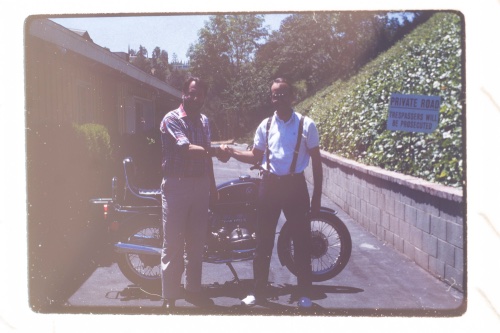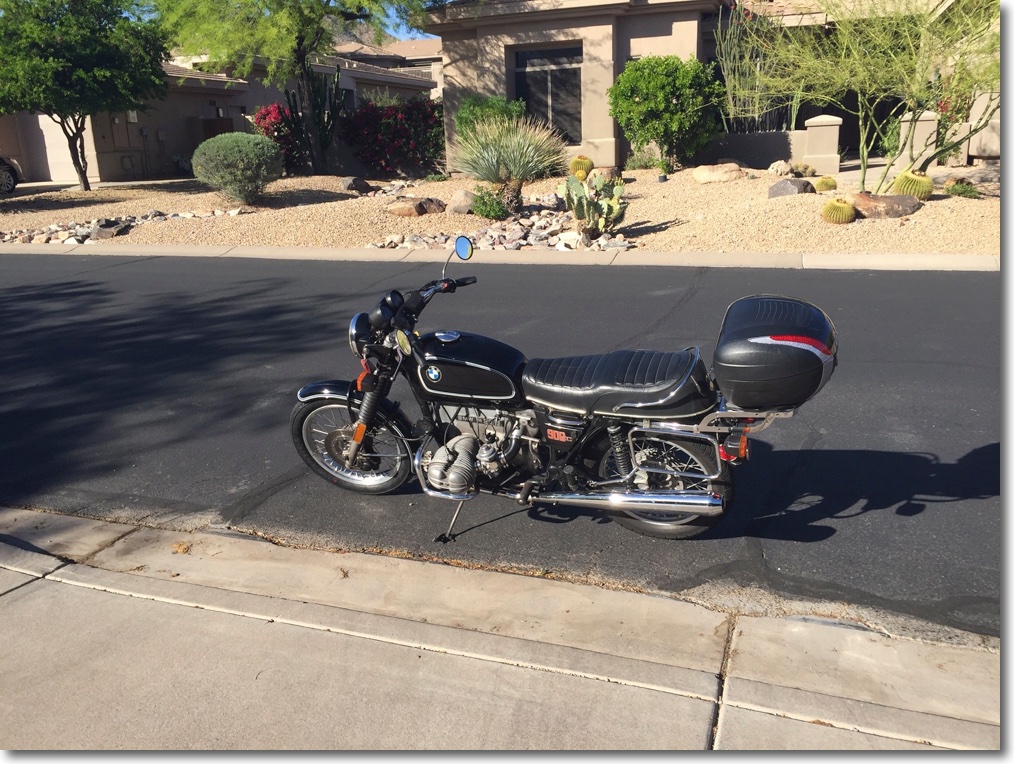And his prophecies are coming true.
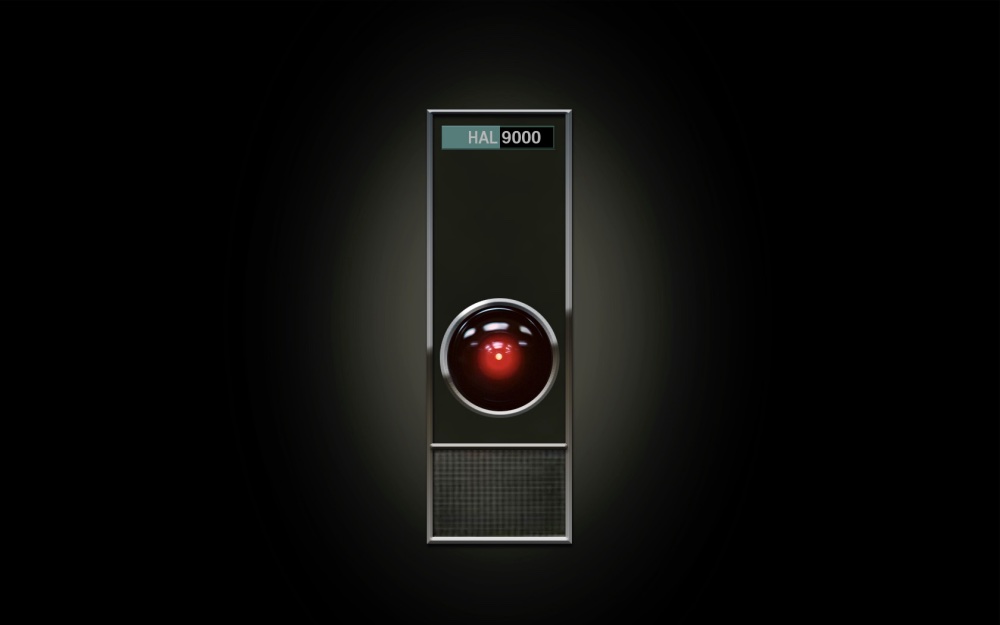
Science fiction is a genre for morons. It makes for bad writing and even worse movies. Plot lagging? No problem, throw in some shape shifting. Longueurs too long? Easy. A spot of time travel and disappearance is called for. SF is the poor writer’s opt out of doing the hard job of producing quality prose. SF is also a leading opiate for the masses with their endless taste for all those cretinous Star Wars movies. Hey, a fool and his money are easily parted.
This month Stanley Kubrick’s masterpiece, ‘2001: A Space Odyssey’ turns fifty. Many who did not pay attention, or who never watched it in the first place, describe it as a science fiction movie. It is nothing of the sort. It is about Artificial Intelligence and machine learning, and shows a world where the machine tries to control man. (It bears adding that the one time ‘2001’ goes seriously sci-fi – as opposed to AI – in the very last chapter, comprises the most frustrating and failed part of an otherwise great movie. Yes, needless to add, time travel is involved).
In the modern era that machine is, of course, Facebook, and Mark Zuckerberg is the lunatic Dr. Chandra of yore, the machine’s father. Only this latter day Dr. Chandra is far smarter. He has monetized his theft of your data and over 2 billion check-ins monthly to his odious platform testify to his genius.
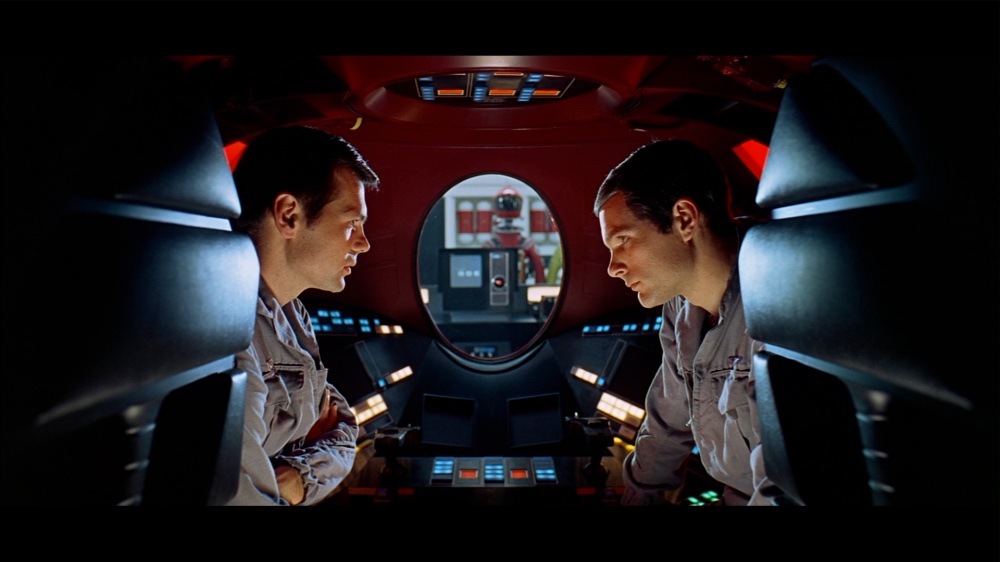
HAL and Facebook are watching and listening. HAL lip reads the astronauts, now conspiring against him.
I cottoned on to the evil of Facebook early on. Obviously the revenue model (‘free’ to users) meant that the suckers were being played, their profiles sold to advertisers and politicians. Why does Facebook not adopt a revenue model where users pay and their data is not sold? Because no one would pay. So if you buy Zuckerberg’s promises to fix the security holes you are stunningly naïve. There is nothing to ‘fix’ so long as you, the user, are the product to be sold.
While the inherent evil of Facebook was clear to me from its creation, I also harken back to a sunny spring day in 2012 when I was walking my son home from his intermediate public school in the Bay Area. I noticed through the fence that every child in the playground was staring intently at the cellphone screen in his hand, tapping away with both thumbs. The surrounding basketball nets remained untroubled by balls. “What are they doing, Winnie?” I asked. “Oh! dad, don’t you know? They are all on Facebook sharing rumors and pictures of friends”.
So I flashed back to The Unfair Advantage I have always sought for my son. If these stupid kids were willing to sacrifice quality study or play time for obsessive use of a rumor system, and if their even dumber parents were willing to allow this, then the child opting not to use that system would automatically have an Unfair Advantage. His available time for productive pursuits would skyrocket.
But I decided to bide my time. I knew Winston used Facebook, albeit in moderation, but a catalyst was needed to get him to stop.
That catalyst appeared a couple of weeks ago when it was disclosed that Facebook data likely installed a traitor in the highest office of the land, with subsequent depradations and destruction of America’s international status to follow. Winston was well aware of this scandalous theft of data of fifty million (70 million? 100 million? 200 million? Take your best guess) Facebook-using morons, garnered through trickery and deceit, then resold for political gain.
I pounced.
Here’s the email:

The ‘THIS’ link is here.
Frankly, I did not fancy my chances of success yet, minutes later, this arrived.

HAL’s plaintive complaint “I can’t do that, Dave” has morphed into “Yes, I can” in my son’s courageous decision.
My son’s Unfair Advantage grows daily. As Stanley Kubrick once memorably put it, “Never get into a fair fight”.
Should you have your child delete Facebook? Please, no. I would rather my son had as little competition in life as possible.
Stanley Kubrick and author Arthur C Clarke set forth the evils of AI for all to hear and see fifty years ago. Now they are laid bare and the users are the victims. Just like Mission Commander Dave Bowman on that space mission and his fellow astronauts, all murdered by HAL in the emotionless pursuit of his mission.
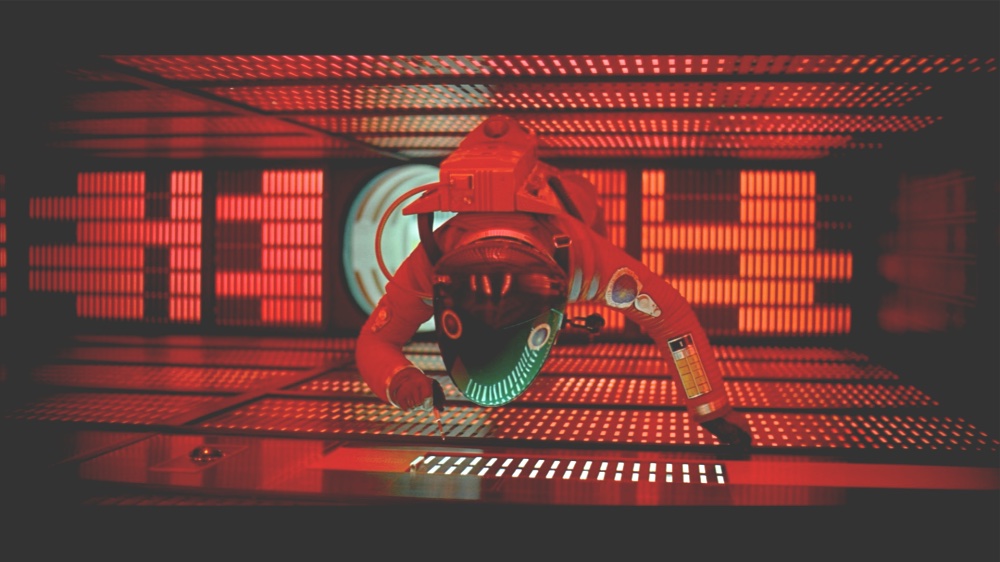
Killing HAL. Keir Dullea as astronaut Dave Bowman guts the murderous HAL’s memory banks.
Given the above, my enjoyment of ‘2001’ has never been greater.
Follow-up – just one day later:
HAL must be spinning in his grave:

Duh! What did you thing they did with it, WaPo? Click the image.
